Communication Network Engineering
A distributed system often requires deterministic, fast and reliable communication between distributed devices as well as precise timing coordination of networked nodes. InES research includes the development, optimization and verification of internationally standardized protocols as well as application and customer specific systems.
Communication Network Engineering

Our research activities focus on communication solutions for industrial and professional applications. Typical requirements for such communication systems are:
- Control over latencies and delays
- Scalability
- Precise time distribution within the network, both for applications and for network operation itself
- High availability or redundancy in the network
- IP connectivity all the way to the end nodes
None of these requirements is new, and many proprietary and standardized solutions to choose from exist. However, these often have weak spots or are strongly driven by interest groups. CAN, Profibus or EtherCAT are well-known and established in the market, but have limitations in bandwidth, compatibility, or IP connectivity. Industrie 4.0 requires multi-vendor, open standards to realize Smart Factories or «Plug & Produce».
Time Sensitive Networking

With great effort, the 802.1 working group of IEEE develops a set of standards known as «Time Sensitive Networking (TSN)». TSN targets convergence of information technology (IT) and operational technology (OT) on a single physical network. Critical isochronous and periodic real-time traffic for control applications can coexist with video streams from webcams and large amounts of background traffic data for backup or logging. For each stream of data, TSN guarantees the required transmission characteristics such as maximum latency or bandwidth, which is referred to as QoS (Quality of Service).
The expectations are high and the complexity of deployment and configuration must not be underestimated. They are seen by many as the highest risk for success of TSN. For industrial and automation applications, the upcoming IEC/IEEE 60802 standard is of particular interest. It has the declared objective of establishing compatibility at the network level. This will enable communication of ProfiNet, EtherCat or Ethernet/IP application data models over a common network infrastructure.
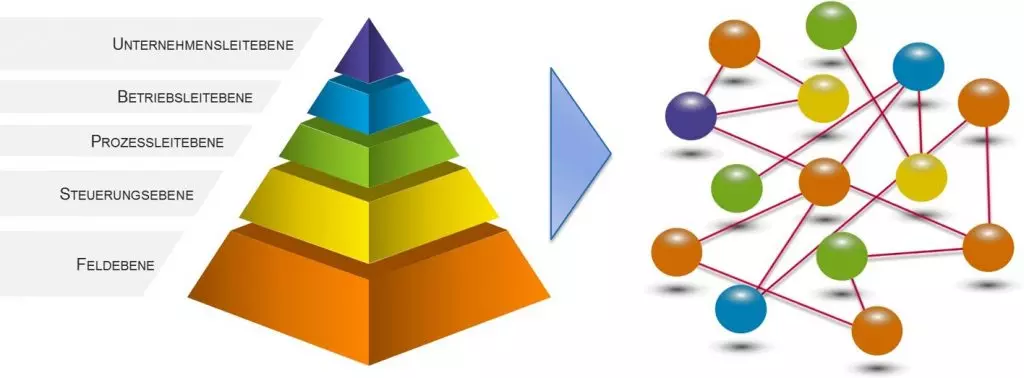
In the long term, the FLC project aims to extend OPC UA via TSN directly to the field level. This will enable end-to-end, IP-based, communication. Separate networks for real-time and best-effort traffic will become superfluous, and the merge of IT and OT can become reality. The automation pyramid may dissolve.
First pilot installations will soon (2021) go into operation, the choice of truly TSN-capable devices and tools is still limited.
One Size fits all?

For the user, the question is whether - and if so, which - elements of the TSN portfolio will bring benefit for a specific task. After all, the performance of a network can also be improved with conventional mechanisms, sometimes even a simple increase in bandwidth to 1 Gbit/s may do the job. It is true: Everything has its price, and it does not always make sense to use all available means. But - sometimes for sure it does.
The basis for decision making is a thorough analysis of the requirements and knowledge of feasible technical alternatives. In some applications, consumer technologies are also a valid option.
InES has a long-standing experience in design and application of real-time networks and has actively contributed to standardization in IEEE and IEC, especially in the areas of redundancy and high-precision time synchronization. For time synchronization according to IEEE 1588 (PTP) and IEEE 802.1AS (gPTP), we have our own implementations, which we use in our research activities, but which can also be licensed.
Projects and Technologies
Precision Time Synchronization using PTP and gPTP
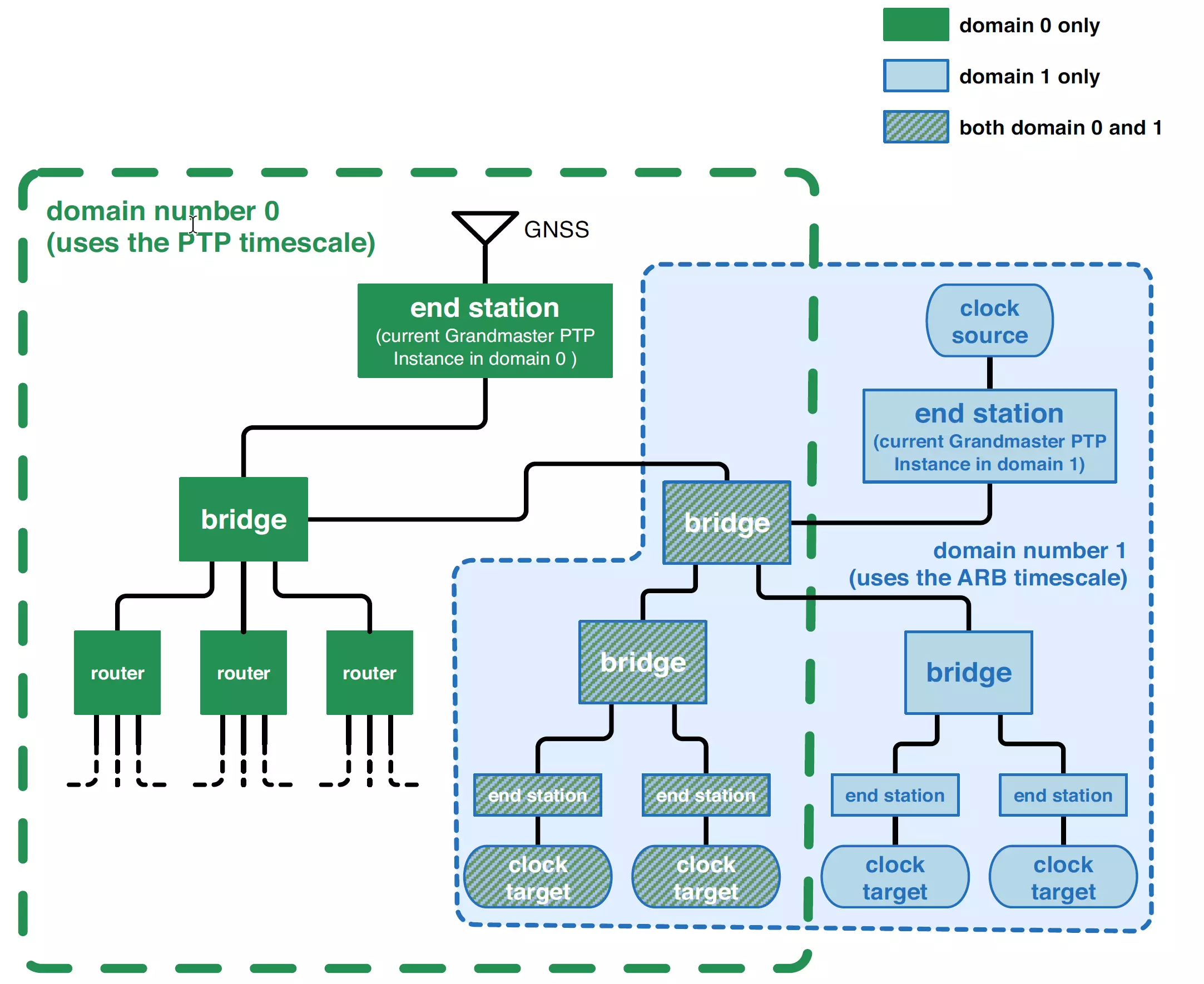
Source: Time-aware network (IEEEE 802.1AS-2020)
The Precision Time Protocol (PTP, IEEE1588) and the generalized Precision Time Protocol (gPTP, IEEE 8201.AS) are two related protocols for highly accurate time synchronization over different transmission media. InES has been actively involved in IEEE since the beginning of standardization. With time stamping often found integrated in network chips today, accuracies below one microsecond and in special implementations down to the nanosecond range are possible.
Consumer-Technology for Industrial Applications
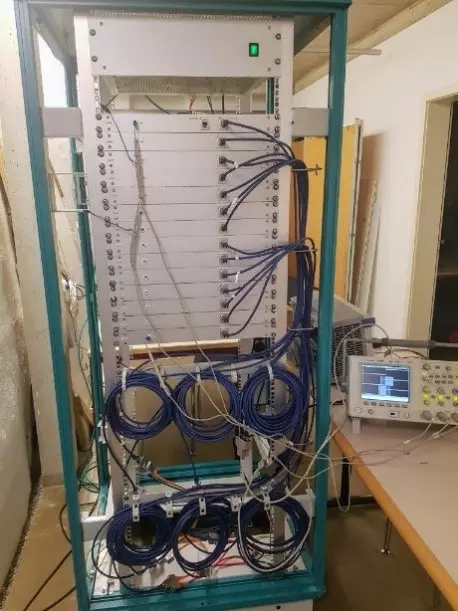
InES researched how a powerline communication system can be used for IP communication in industrial applications such as elevator control. Detailed investigations on latency and jitter as well as a suitable system architecture are the key for an application of the technology.
Single Pair Ethernet
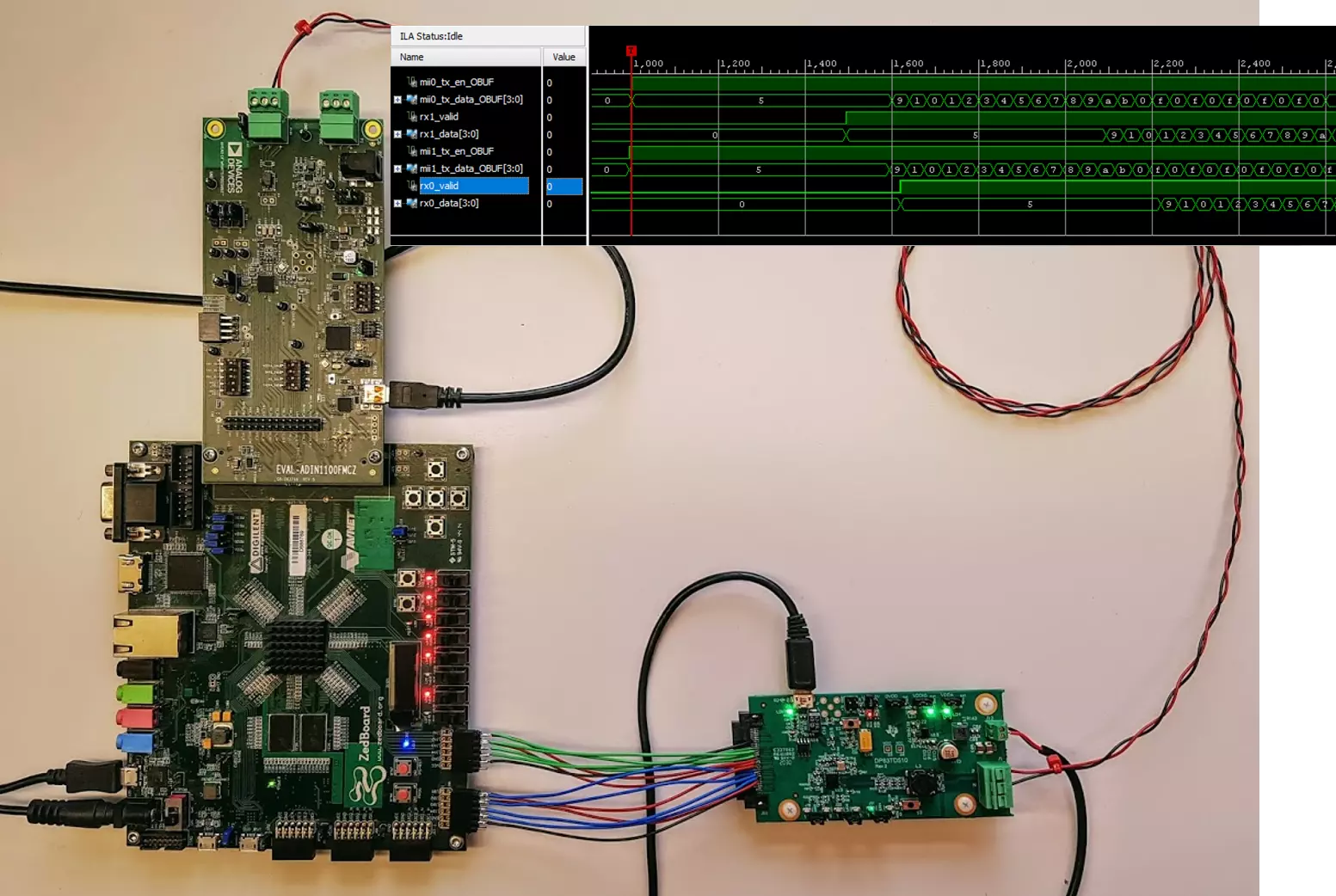
Single Pair Ethernet is nowadays available for speeds from 10 Mbit/s to 5 Gbit/s, with different characteristics regarding maximum segment size and topology. Due to the reduced cabling costs, these solutions are attractive for a wide range of applications. Examples are automotive or building and process automation. InES investigated how to reduce latencies in 10 Mbit/s Ethernet with frame preemption (IEEE 802.3br). The investigations were supported by the APL project. The results were presented to the “Enhancements to Point-to-Point Single Pair Ethernet Study Group” of IEEE 802.3. The newly established task force IEEE802.3de «Enhancements to the MAC Merge function and the Time Synchronization Service Interface (TSSI) to Include Point-to-Point 10 Mb/s Single Pair Ethernet» will amend IEEE Std 802.3TM accordingly.
Seamless Redudancy with PRP and HSR
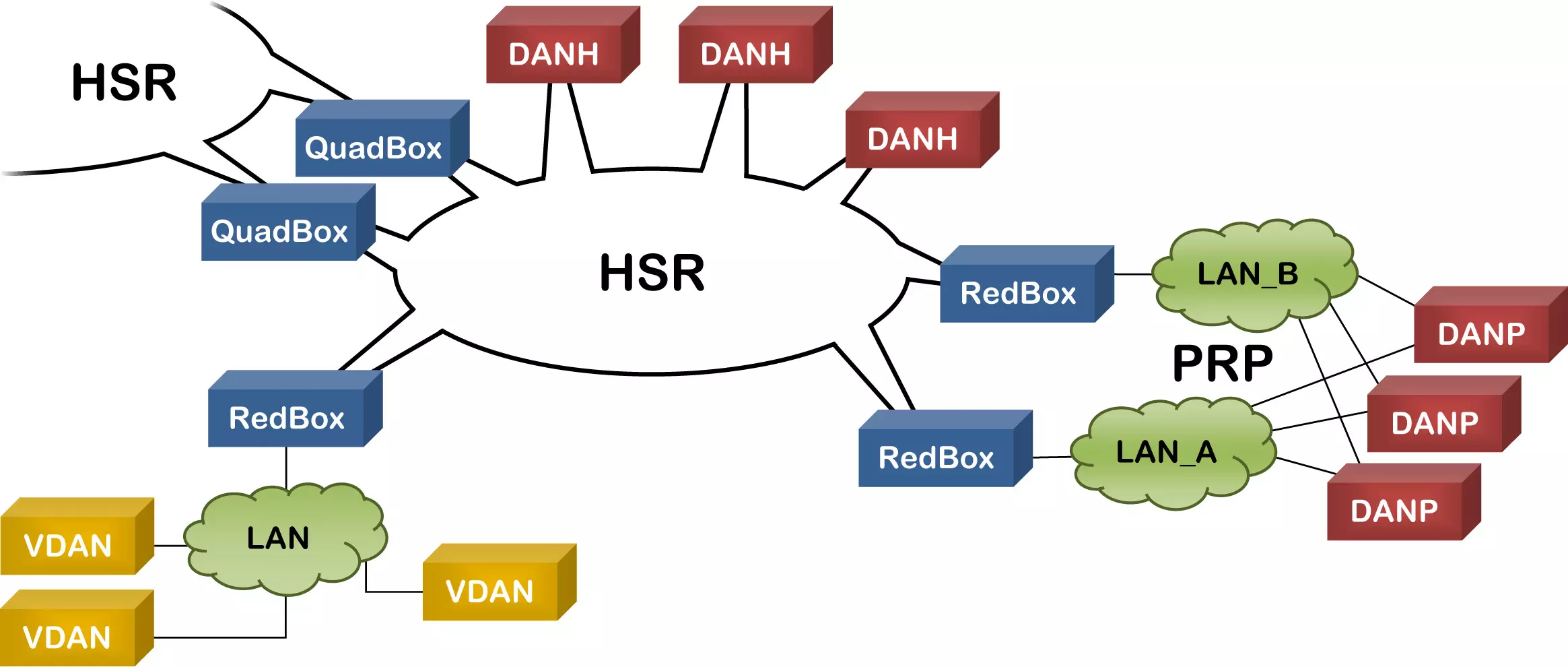
InES was actively involved in the development of seamless redundancy techniques for communication networks. The research was contributed to IEC TC65 and is now standardized as IEC 62439-3 and used, for example, in the power plant and energy industry.